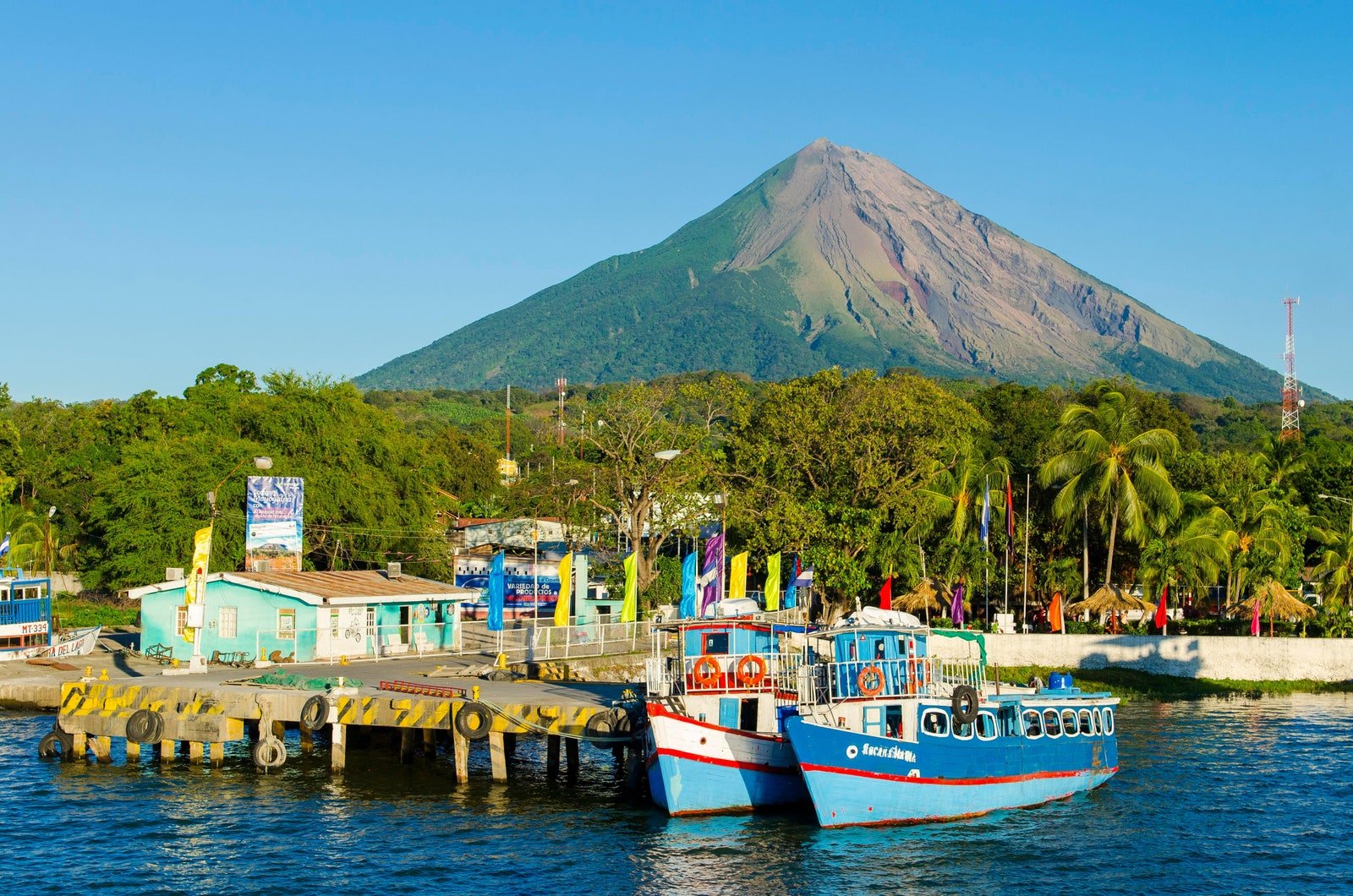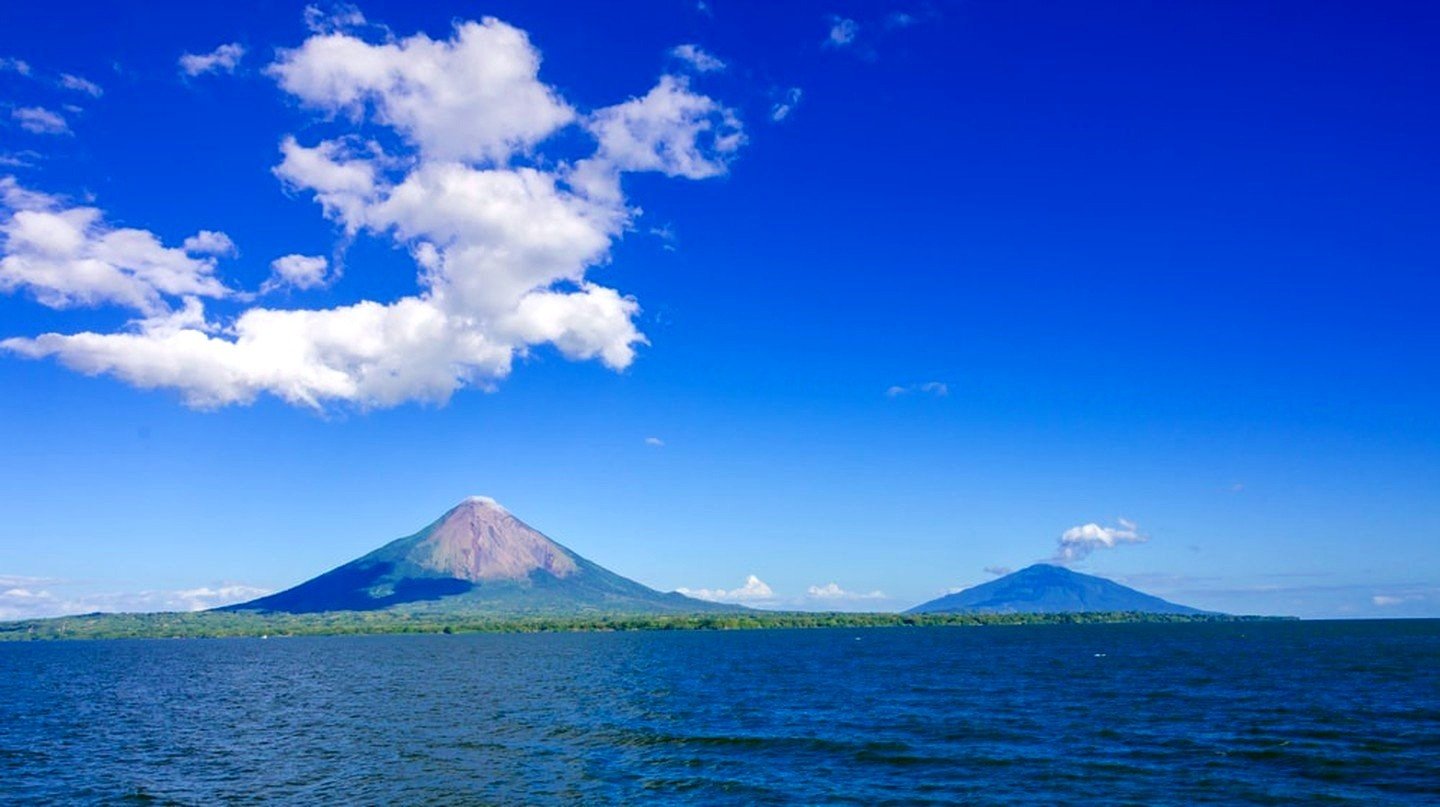
Nicaragua is the largest country in Central America, bordered by Honduras to the northwest, the Caribbean to the east, Costa Rica to the south, and the Pacific Ocean to the southwest. Nicaragua occupies a landmass of 130,967 km2 (50,567 sq mi). Nicaragua has three distinct geographical regions: the Pacific lowlands – fertile valleys which the Spanish colonists settled, the Amerrisque Mountains (North-central highlands), and the Mosquito Coast (Atlantic lowlands/Caribbean lowlands). On the Pacific side of Nicaragua are the two largest fresh water lakes in Central America—Lake Managua and Lake Nicaragua.

Nicaragua is a unitary republic. For administrative purposes it is divided into 15 departments (departamentos) and two self-governing regions (autonomous communities) based on the Spanish model. The departments are then subdivided into 153 municipios (municipalities). The two autonomous regions are the North Caribbean Coast Autonomous Region and South Caribbean Coast Autonomous Region. Nicaragua is among the poorest countries in the Americas. According to the United Nations Development Programme, 48% of the population of Nicaragua live below the poverty line, 79.9% of the population live with less than $2 per day, According to the UN, 80% of the indigenous people (who make up 5% of the population) live on less than $1 per day.